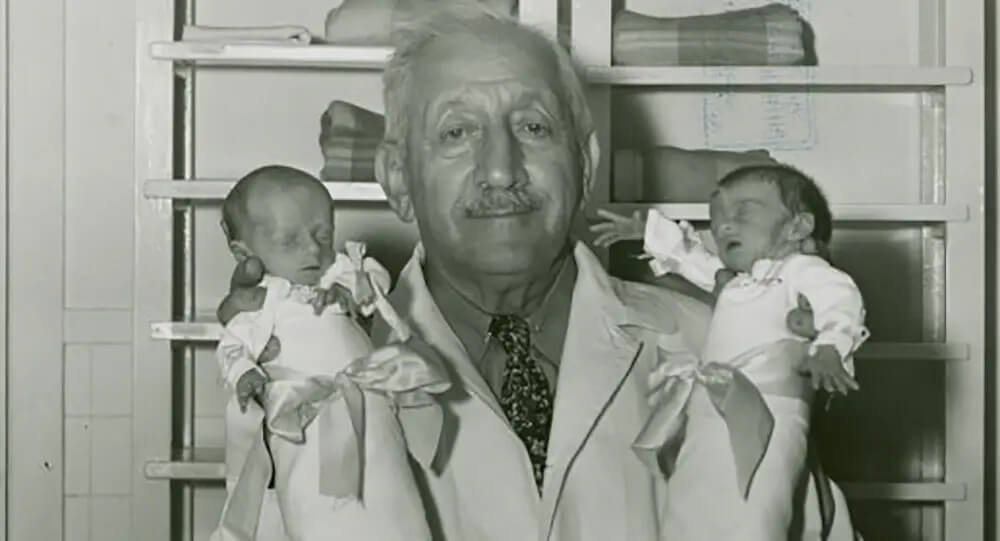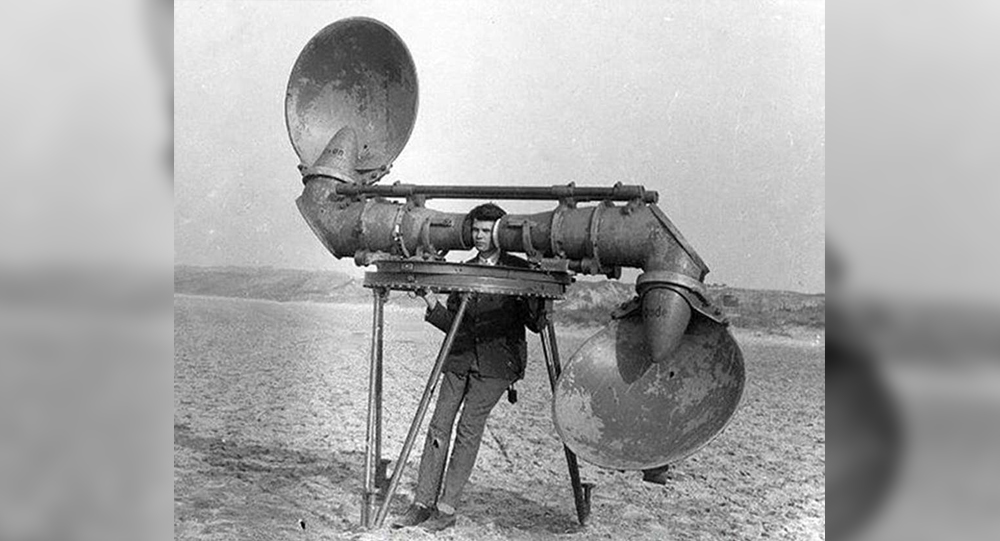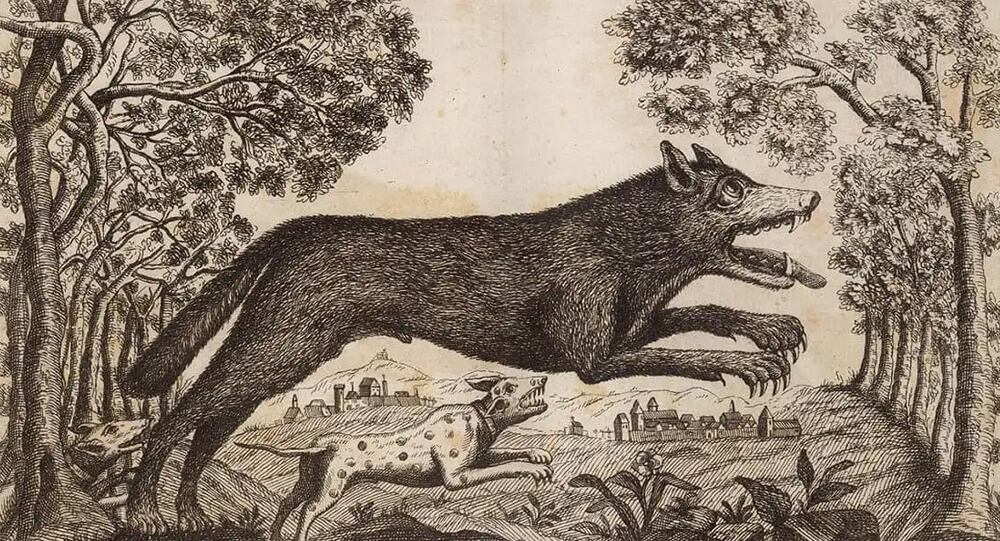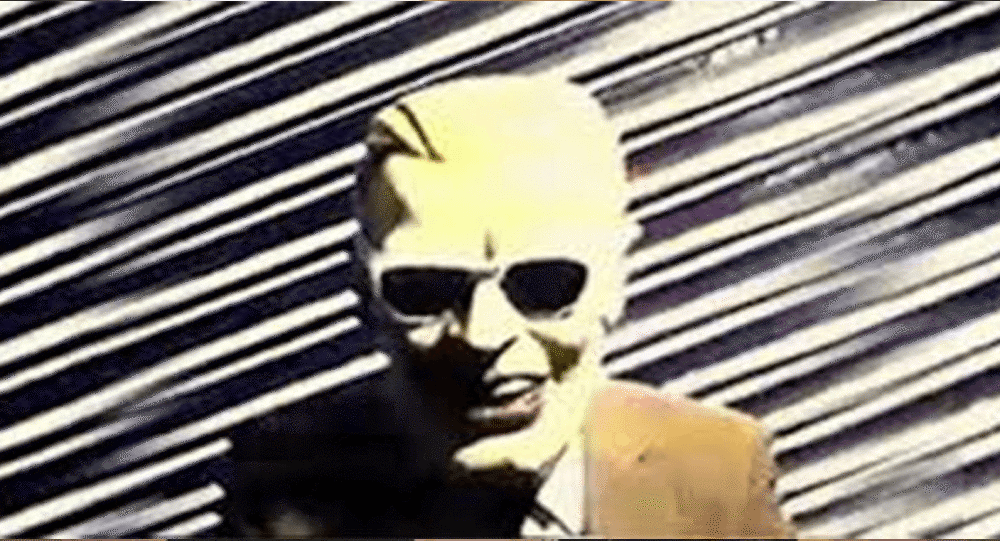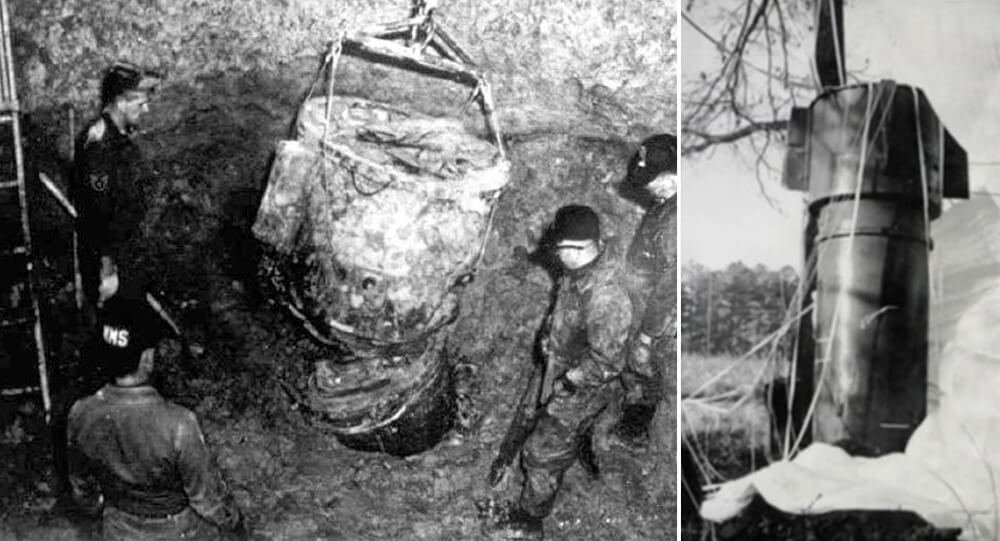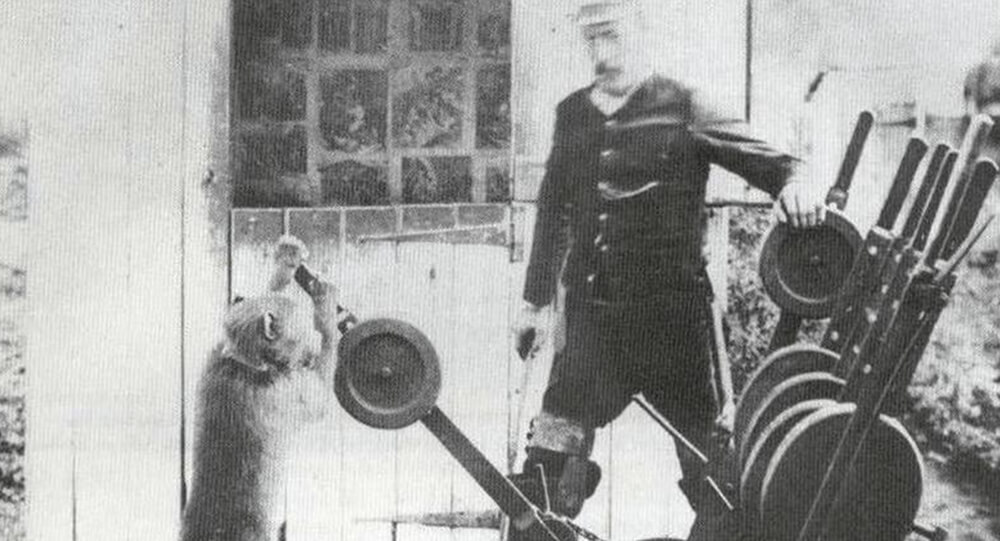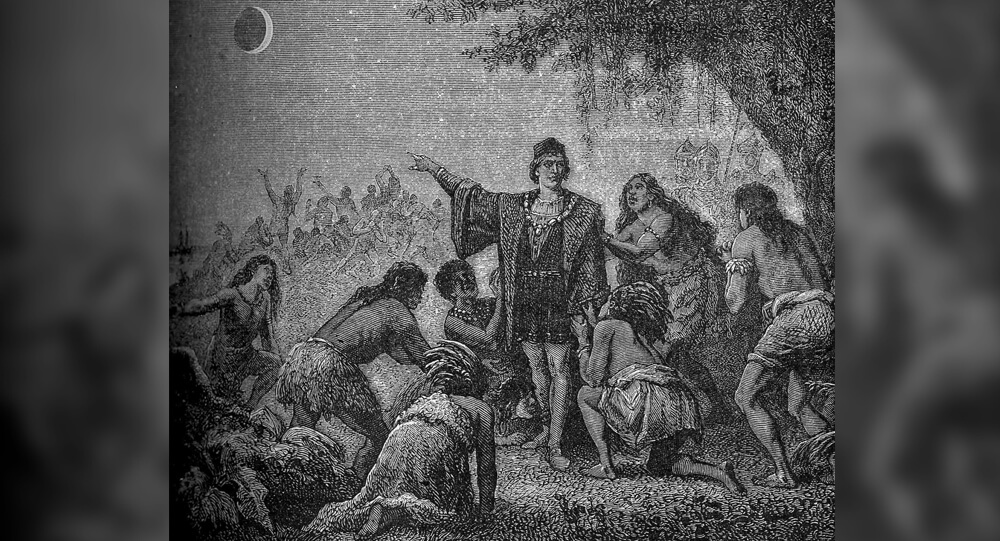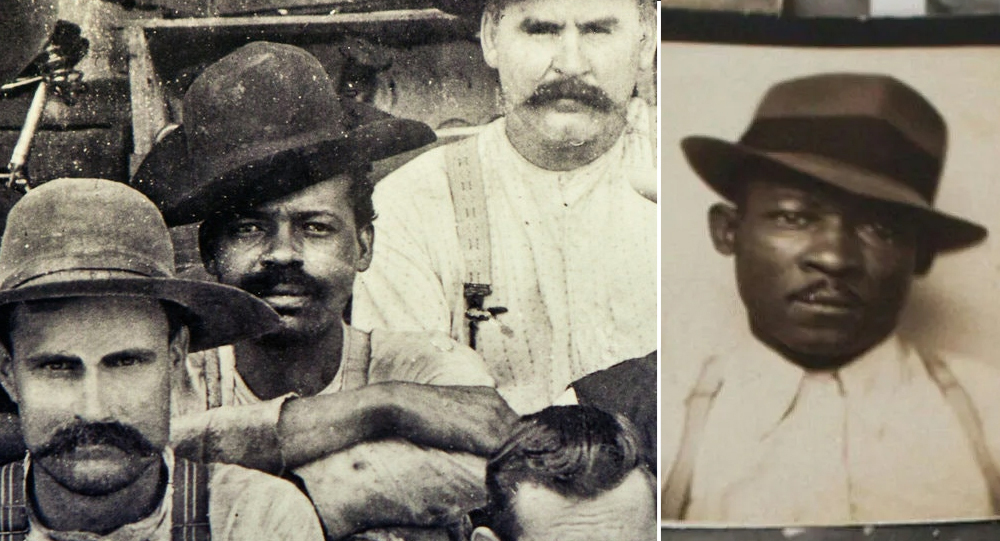

Archaeologists Uncover 2,000-Year-Old Amazonian Cities Using Lidar Technology
For decades, the Amazon rainforest was thought to be an untouched wilderness, home mostly to small, nomadic groups rather than large complex societies. However, recent advances in lidar—Light Detection and Ranging—have revolutionized archaeology by penetrating dense forest canopies to reveal hidden structures beneath. In the Ecuadorian Amazon’s Upano Valley, lidar scanning uncovered thousands of man-made features revealing an extensive ancient urban landscape.
These cities span vast areas with multiple settlements connected by remarkably straight roads and canals, indicating deliberate planning and construction. The urban cluster was home to an estimated 10,000 to possibly over 100,000 inhabitants at its peak, thriving 2,000 years ago in what was thought to be inhospitable terrain.

The Upano People: Architects of an Ancient Urban Network
The ancient inhabitants, known as the Upano and Kilamope cultures, lived sedentary, agrarian lifestyles. Archaeological evidence shows they built octagonal and rectangular platforms for dwellings, ceremonial purposes, and public spaces. Hearth pits, grinding stones, pottery fragments, and remnants of “chicha” — a local maize-based fermented beverage — have been found on-site, attesting to daily life and rituals.
The society was deeply connected, with massive earthworks including a sophisticated system of terraces and canals for water management. These drainage ditches protected agricultural lands and settlements from flooding while ensuring fertile soil supported staple crops such as maize, manioc, and sweet potato. This suggests that the Upano people practiced intensive, sustainable agriculture on a large scale.

Lidar Technology: Illuminating the Past Through Laser Mapping
Lidar uses laser pulses to detect the ground surface beneath forest vegetation, creating detailed 3D models of landscapes. In the Upano Valley, lidar scans revealed over 7,500 manmade structures including buildings, roads stretching over 300 kilometers, and earth mounds—features invisible to the naked eye.
This technology allowed archaeologists to map the scale and density of Upano villages precisely, overturning old beliefs that the Amazon was sparsely populated with only small groups. The data also helped researchers understand the social organization, engineering skills, and the incredible extent of human impact on the rainforest environment.
Reshaping the Understanding of Amazonian Civilizations
The discovery of this urban network predating well-known ancient cities by centuries challenges the Eurocentric view of civilization and cultural complexity. Unlike the stone cities of the Maya or Inca, these Amazonian settlements were primarily earth-based and integrated into the natural landscape.
Experts emphasize that Amazonian people were far from “primitive” but built vibrant, resilient societies with planned infrastructure supporting large populations through complex agriculture and water management systems.
This breakthrough encourages respect for Indigenous histories and calls for preserving these remarkable archaeological treasures amid modern threats like deforestation.

Fascinating Trivia About the Upano Cities and Amazonian Discoveries
- The road networks in the Upano Valley were often perfectly straight and connected settlements like a prehistoric highway system.
- Some platforms and earthworks are octagonal—a unique architectural style rare in South America.
- The nearby Sangay volcano’s eruptions may have contributed to both the fertility of the soil and the eventual abandonment of some cities.
- Archaeologists estimate the urbanized region covered over 987 square kilometers (381 square miles), rivaling Maya city complexes in scale.
- The Upano people’s legacy includes early fermented beverages like chicha, still culturally significant in the region today.
- Lidar technology revealed sites previously unknown even to local communities, revolutionizing Amazon archaeology.
- The discoveries underscore the Amazon rainforest as both a natural and cultural heritage site needing protection.
- The Upano civilization flourished roughly between 500 BCE and 600 CE, contemporaneous with other ancient empires.
Rediscovering Civilization in the Amazon’s Heart
The uncovering of 2,000-year-old cities through lidar technology is a landmark moment in archaeology, transforming the narrative of the Amazon from a wild, untouched forest to a region of ancient human ingenuity and culture.
These findings celebrate the resilience and sophistication of the Upano people who built and thrived in this green landscape millennia ago. Recognizing their legacy enriches our appreciation for Indigenous histories and highlights the urgent need to preserve these archaeological and ecological treasures for future generations.
If this story of hidden cities and ancient cultures in the Amazon inspired awe and wonder, share it to spread the knowledge of this extraordinary chapter of human history.
Sources & Further Reading:
- BBC News: Huge Ancient Lost City Found in the Amazon (2024)
- Wikipedia: Upano Valley Sites
- Smithsonian Magazine: Ancient Amazon Cities Discovered (2024)
- Mongabay: Father Pedro Porras and Amazon Archaeology (2025)
- Scientific American: Garden Urbanism in the Ancient Amazon (2024)
- Journal Science: Urban Network in Ecuador’s Upano Valley (2024)

Will & William Wests: The puzzling situation of two inmates who are identical but not related
These are the mugshots of Will West and William West, and they are not related. They were both sent to Leavenworth Prison at the same time, in 1903, and after some confusion, the staff understood they had two different prisoners with the nearly same name, who looked exactly alike. They are part of the reason fingerprints are now used as identification.

During the 1996 Olympic bombing, Richard Jewell falsely accused of committing the crime after saving dozens of people
Richard Jewell, an American security guard, discovered a bomb during the 1996 Olympic Games in Atlanta and assisted in the evacuation, but was later wrongfully accused and faced public scrutiny. He was cleared, but it had a lasting impact on him until his death in 2007 at the age of 44.

Why the Brooklyn Bridge Was Once Crossed by 17 Camels and 21 Elephants
On May 30, 1883, a rumor that the Brooklyn Bridge was going to collapse caused a stampede, which killed at least at twleve people. To prove the bridge was safe, P.T. Barnum led a parade of 21 elephants over it.

Martin Couney, Saved Thousands of Premature Babies Wasn’t a Doctor at All
Martin Couney never qualified as a medical doctor. However, in the 1900s, he saved thousands of premature babies by exhibiting them in incubators at his Coney Island sideshow. Over the course of his career, he is said to have saved about 6,500 babies that had previously been written off by mainstream medicine.

The Littlest Skyscraper: How J.D. McMahon’s 480-Inch Con Fooled Investors in 1919
In 1919, J.D. McMahon convinced investors to fund a 480-foot skyscraper, but he labeled the plans as 480 inches, building a 40-foot structure instead. After taking $200,000, he won in court since the plans matched what he built.

Before Radar: How Giant Acoustic Mirrors Detected Enemy Aircraft in WWI and WWII
Long before radar revolutionized air defense, enormous acoustic mirrors and specialized sound locators stood as the first line of defense against enemy aircraft. Designed as giant “ears,” these structures amplified distant engine noises, allowing operators to detect incoming planes by sound alone. Dive into the intriguing world of these pioneering listening devices, their operation, limitations, and enduring legacy in military history.

The Tragic Story Of Mary Ann Bevan, The ‘Ugliest Woman In The World’
After the death of her husband, Mary Ann Bevan had no income to support herself and her children. She then decided to enter a contest where she won the title of “ugliest woman” and was later hired by a circus. She endured this ridicule from the world to provide for her family.

Henry Ford, The man popularizing the concept of the weekend off
Henry Ford was the first Industrial Giant to give his employees both Saturday and Sunday off in the hope of encouraging more leisurely use of automobiles and thus popularizing the concept of the "weekend."

What Was the Beast of Gévaudan?
Between 1764 and 1767, a mysterious animal called the Beast of Gévaudan terrorized the French village called Gévaudan. It attacked and killed about 100 adults and children. While most believe it was a wolf, some say it may have been a wolf-dog hybrid, hyena or even a lion, but without any genetic evidence, the beast will remain a mystery forever.

Reason Behind The Suicide Of Christine Chubbuck Live On Air
Actor Rebecca Hall had serious reservations about tackling the macabre story around why Chubbuck killed herself in 1974. So what changed her mind?

Max Headroom Incident: America’s Creepiest TV Hack
In 1987 a man hijacked a television station during an episode of Dr. Who and wore a Max Headroom mask and uttered nonsense, and he still hasn’t been caught

Nuclear bomb accidentally dropped on North Carolina in 196
4 January 1961: The 4241st Strategic Wing's Boeing B-52G-95-BW Stratofortress, serial number 58-0187, was on a 24-hour airborne alert mission off the United States' Atlantic Coast.

Jack the Baboon operated a railroad, earned a living, and never made a mistake
A baboon worked as a signalman for the railroad in the late 1800s. He never made a mistake and worked for the railroad until the day he died.

William James Sidis: The smartest person yet forgotten by people
William James Sidis, who was only 11 years old when he enrolled in Hardvard, finished his primary and secondary schooling in less than a year. He knew eight foreign languages by the age of eight and even invented his own language, "vedergood."

Ancient Egyptians Had Pregnancy Tests Over 3500 Years Ago
The ancient Egyptians used a pregnancy test that involved potentially pregnant women peeing on barley and wheat seeds. Plant growth indicated pregnancy: barley for a boy and wheat for a girl. Later tests revealed that pregnant women's urine causes plant growth 70% of the time, whereas non-pregnant women's urine does not.

Franz Ferdinand’s Assassination that sparked World War I
Archduke Franz Ferdinand of Austria and his wife Sophie are shot to death by a Bosnian Serb nationalist during an official visit to the Bosnian capital of Sarajevo on June 28, 1914. The killings sparked a chain of events that led to the eruption of World War I by early August.

Man's Blood Helped Save Millions of Babies
Australian blood donor James Harrison has been one of our most impressive and valued donors, having donated for 60 years. Know his story, how he was a pioneer of our Anti-D program, and why this matters.

Shizo Kanakuri’s 1912 Olympic Marathon Finished 54 Years
At the 1912 Olympics, a marathon runner quit and went home to Japan without telling officials and was considered a missing person in Sweden for 50 years. In 1966, he was invited to complete the marathon. His time: 54 years, 8 months, 6 days, 5 hours, 32 minutes, and 20.379 seconds.

How a Total Lunar Eclipse Saved Christopher Columbus in 1504
In 1504, Christopher Columbus was stranded in Jamaica with natives who refused to give him food. But he knew the date and time of an upcoming lunar eclipse. So he told the natives that his gods were angry at their treatment of him, and would provide a clear sign. Once the eclipse started, the natives raced to give him food and begged for mercy.

Iranian inmate dies from happiness after finding out he will not be executed
An Iranian man who was convicted of murder reportedly died from happiness after learning that his death sentence was being commuted.

The World’s First Seismograph: How Ancient China Detected Earthquakes 1,800 Years Ago
Over 1,800 years ago, long before modern technology, the ancient Chinese astronomer and inventor Zhang Heng created the world’s first seismograph in 132 AD. This ingenious bronze device could detect distant earthquakes by releasing small balls from dragons’ mouths into toads’ mouths—each indicating a different compass direction. Its historic detection of an earthquake 400 miles away astonished the imperial court and transformed the way societies understood and responded to seismic events.

Nearest Green, America's first known Black master distiller
Nathan "Nearest" Green was an African-American head stiller who is now more frequently referred to as a master distiller. He was renowned for imparting his distilling knowledge to Jack Daniel, the creator of Jack Daniel's Tennessee whiskey distiller, after Jack Daniel was freed from slavery following the American Civil War.

Keith Sapsford: The Story of 14-Year-Old Stowaway
The final image of 14-year-old Australian Keith Sapsford, who aspired to travel the world. In February 1970, he sneaked into the wheel-well of a plane flying from Sydney to Tokyo. It opened mid-air & fell out. When a photographer was testing a new lens, he captured this moment on film and was surprised when it developed.

History of Treadmill, punishment for prisoners
Treadmills were originally a punishment used to harness human power on a giant wheel used to grind grains, hence the name "treadmill." The History of Treadmill

The Horrific story of Ariel Castro and the Cleveland abduction
Cleveland abduction victims Gina DeJesus, Michelle Knight, and Amanda Berry were forced to live in Ariel Castro's house of horrors for 10 years. He raped and beat them until they escaped in 2013.




